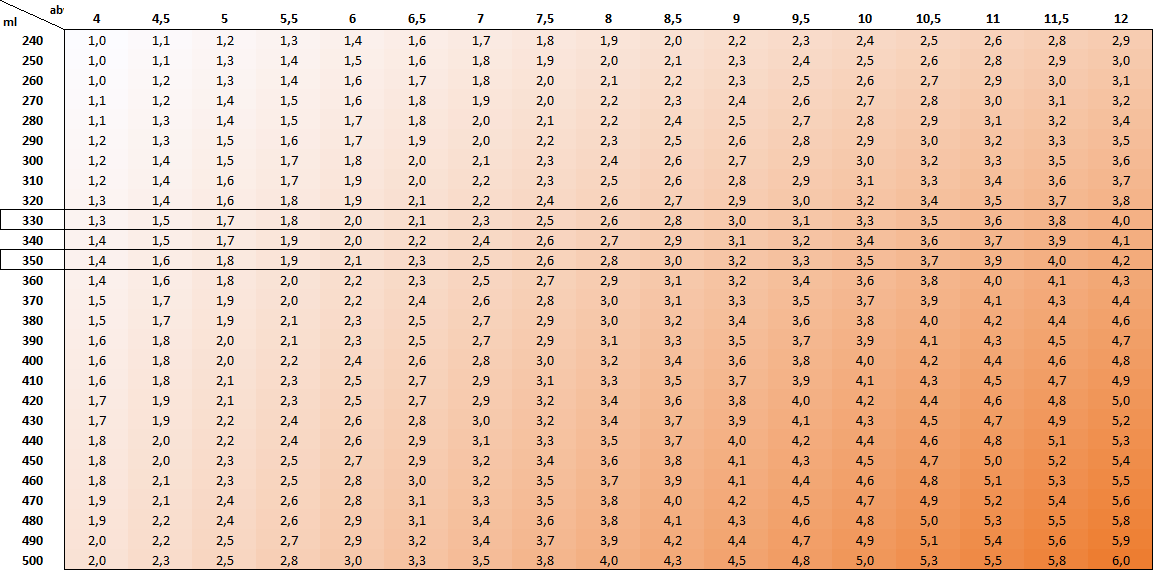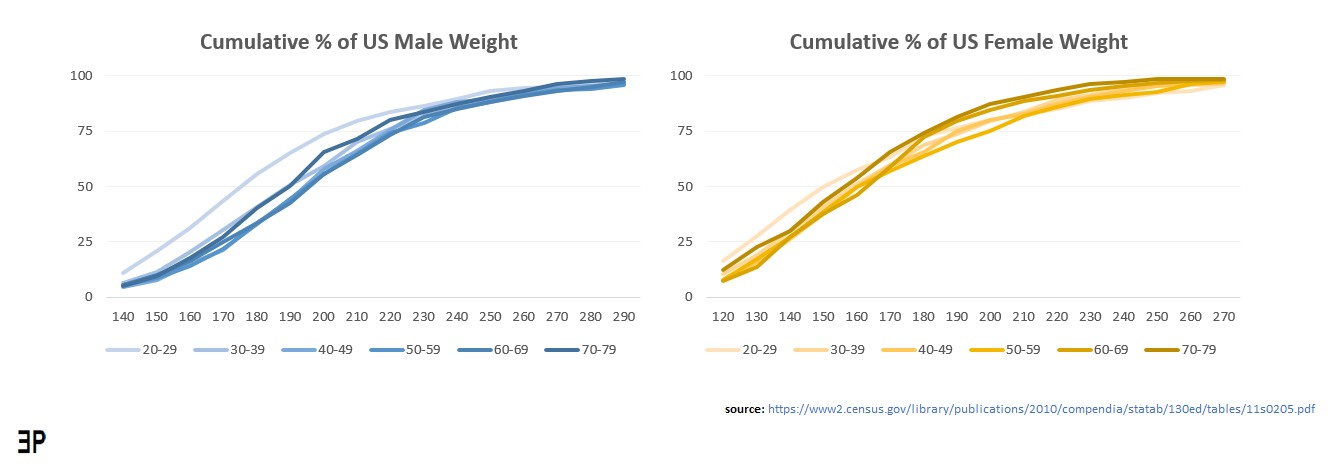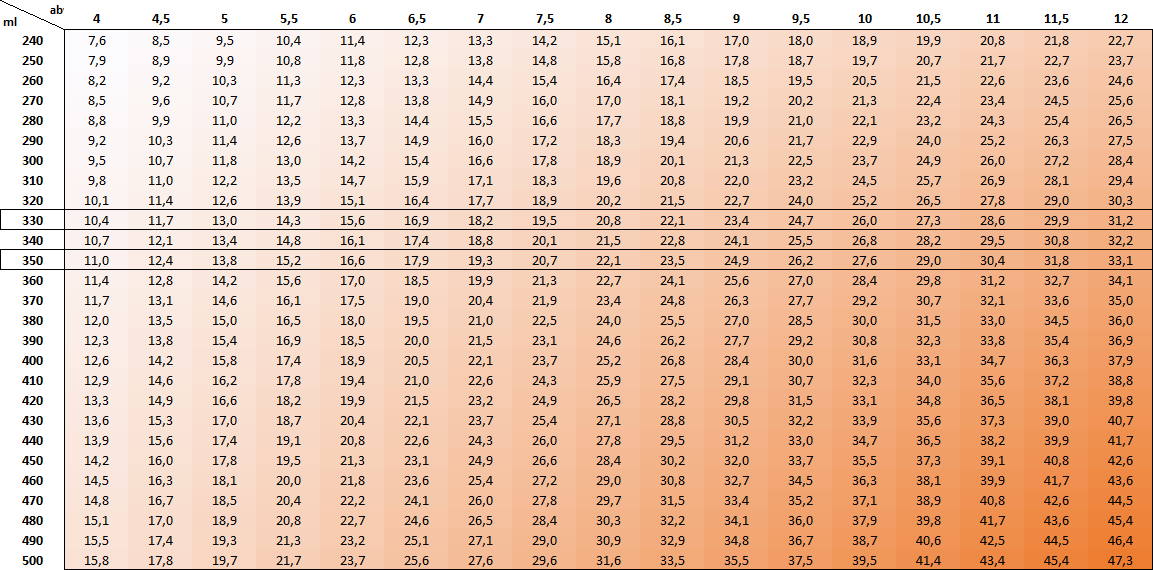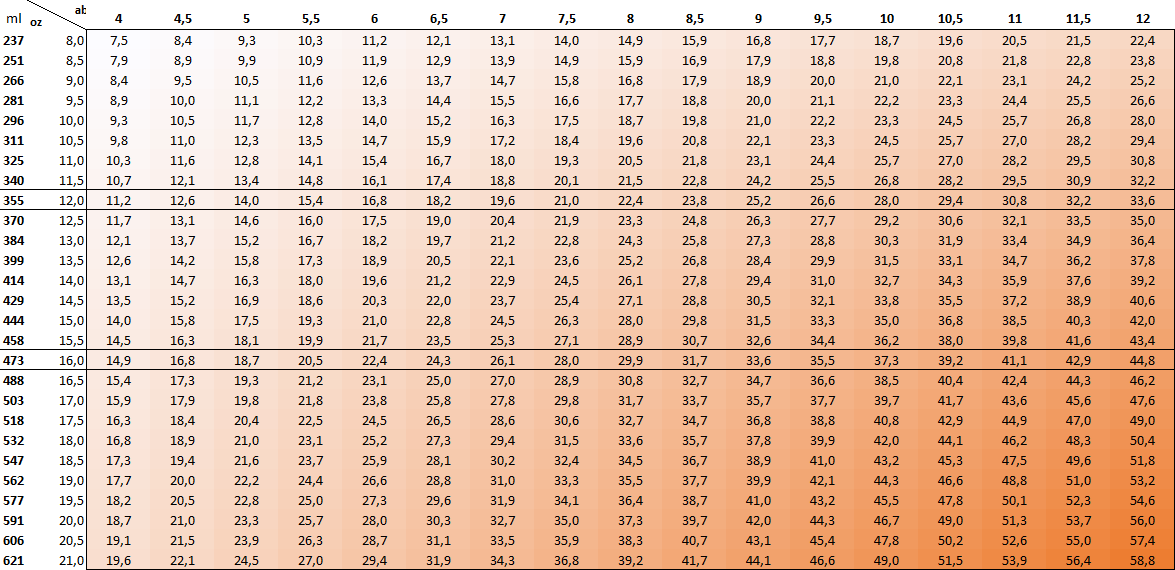With increased computing power and gene sequencing we hear about the prospects of personalized medicine and pharmaceuticals. That opportunity, in many dumbed down and modest forms, is already here. It is time we leverage the science available for a drinking customized with our health in mind. Alcohol is a toxin and it is unclear what low level can be defined as unequivocally safe. Stepping back from the worst case, long-term detrimental effects we can target the more immediate future for guidance on how to better judge our shenanigans. I am referring to “morning you,” the near future version of yourself that has to pay for the misdeeds of the night before. Setting aside the prospects of jail or unintentional parenthood, unclear on which is worse being reason enough to sidestep this angle, let us instead keep in mind the quotidian aspects of sleep, hangovers, and general lethargy.
With our little investigations and interests it was only natural that in time we would ask what one alcoholic drink amounts to. Instead of grabbing a round number out of thin air, which may work if then tied back to effects on motor, cognitive, and emotional well-being, we look to our bodies first for guidance, specifically how long it takes to pass through. Time and quantity go hand in hand but since we have implied that a drink unit is what we are after we will set the time limit and work from there. Perhaps it is out of a different part of the thin air but we will go with an hour. It is a common, culturally accepted means of dividing our time. This inquiry is hardly original but I mean to point it back to the human scale.
Man as the measure. Relative? Somewhat. A new post modern idea? Hardly. Protagoras articulated this thought and if the pre-Socratics’ diverse influences are any indication, it was an idea whose seeds were dispersed from the Fertile Crescent and the Nile centuries before. Relative? Of course, encased as our perceptions are in these primate bodies and resulting minds. We take this world as it appears to, and is molded by, our various senses. Let us not forget where and how we practically reside, from where our perspective is grounded.
How far is truth susceptible of embodiment? – that is the question, that is the experiment. NIETZSCHE
We create points of reference out of available materials and concepts, building upon these further. It is bootstrapping a dimension of record and scale onto the world. Short of a perfect unit of measure falling from the sky this self referential measure is most likely the only way for a species to proceed. We see hints of this all around us, both subtle and obvious. Take the measure of distance in feet, describing the height of a horse in hands, the weight of someone in stones, the boiling of water, at sea level, set to 100 and its freezing at zero – for that matter simply look to the concept of sea level itself, a clear reference to environmental givens. Moreover, our base-10 counting system points, quite literally, to the ten digits of our hands.1
Good Lookin’ Out, Limey

Speaking of 10, this number always seemed to float about when it came to a portion of alcohol, whether beer, wine or liquor. Being metric-handicapped as the majority of my ‘Merican brethren I always thought it referred to 10 grams, never bothering to give the idea a second thought. As a result when I first saw the UK drinking units on beer bottles and cans I thought it, say we say, overly restrictive. A quick plugging in of the contents, volume and ABV, repeatedly showed that UK units were exaggerating the number of drinks contained therein. Or so I thought. What had first appeared to be a demerit of the UK units, its “overstating” the drink count, was based on an innocent North American misunderstanding. The number 10 did in fact play in but it was 10 mL, which when converted to grams turned out to be eight.
What is so special about 8 grams of alcohol? It is roughly the amount of alcohol that can be metabolized by an adult male. Thus the more I toyed with the UK units, making sure to investigate bottle and can after bottle and can for consistency, the more I came to appreciate it. The chief feature to recommend it is its simplicity (once you have reoriented yourself to the metric system): take the proportion of a liter you are imbibing, multiply it against the percentage of alcohol and voilà, you have your drinking units (e.g,. 330 ml aka ⅓ of liter * 6% == 2 units).
A Fast Metabolism and Other Stories We Tell Ourselves
Over the years what a sensible number of adult drinks per day is has settled on something like the following: between two and three for men and one to two drinks for women. The UK units get us mostly there but we can be even more particular by referencing our own bodies and the actual alcohol grams of our drinks.

First know your weight, cross reference your likely metabolic rate of alcohol, track your intake and see how that measures up. Lastly, reassure your more modest, slightly less cheery self, it is worth it.

Grams On Top of Grams, Even for US “Portions”
With the accompanying charts we no longer have an excuse for not being aware where we stand, or fall. This will not necessarily stop us from lying to ourselves but we will have to be in greater denial to pull it off.

Enjoy that drink, feel free to love it. Especially that well crafted beer made with care. Sweet, sour, bitter and more - it doesn’t matter, bring it on. However, you gotta respect that drink and you havta respect yourself above and beyond all else first. So, while we celebrate the wonders and benefits of sharing a pint with close family and friends let us not lose all sight of the consequences.
Take stock of where you are and be forthright with your intake. Alcohol is there to celebrate life, not take its place. When things get out of proportion, developing an in balance in our lives, we tend toward sickness: in our bodies, our minds, our habits, and our relationships.

Often times in presenting alcohol tolerance and/or limits in the US we are presented with equivalence lists i.e., one beer is similar to one glass of wine which is itself equivalent to a shot of liquor.2 Calculating the amount of alcohol, especially in grams, takes a bit of inconvenient/non-straightforward math which naturally becomes increasingly more tricky with each additional glass.
Connect Four
While obtainable the information is only slowly making itself readily accessible to consumers. How to empower more of us to get these answers? Sure, a chart would be helpful. Wikipedia offers a fine one and here I provide a several heatmaps to similar effects. However we may not always be within easy access of the Internet and besides is it not about time we grew up a bit and moved away from busting out our mobile devices, whether handheld or embedded for every trifle? Of course it is (the rhetorical response comes surely enough).

When it comes to the US imperial system, the quickest way to get at what is being consumed is to divide by four. Simply multiply the percentage with the ounces and divide the product by four. The resulting number will not be drinking units but rather a good estimate for the number of alcoholic grams consumed, e.g. 12 ounces of a 6% beer would be 72÷4 resulting in approximately 18 g of alcohol. Again, not units but since we are all a touch different when it comes to sex and weight the resulting quotient is generally more functional for measuring our intake. Thus that bottle I just described would be slightly more than two units for a median weighted US male and three for a comparable female.
Almost doesn’t seem fair, though. Just one bottle of a reasonably robust pale ale, porter, or Dubbel and you have met your daily recommended limit. That was certainly my reaction and if it is yours as well then perhaps we both need to be more keenly aware of what, or better yet how much, we are imbibing and the potential fallout.
Knowing is Half the Battle
We measure, we gauge, we build some experience, and refine our intuition. Most of us do not bother walking around with a calorie counter. Once we get an idea of the glycemic index we can make a rough estimate on where things land and choose accordingly, refining our judgment with additional experience and reflection. That is what the reference tables here are for, to develop a familiarity with the actual intake, given our physical make up, seeing what a moderate intake looks like and recognizing it in future instances so that we dilute our intake and not delude ourselves. The quantified self is an interesting prospect but without internalizing some of the findings as new habits and judgments we leave ourselves in the position of pigeons being fed at the determination of the dispensing device.
Notes
1 Another example of using a man as the measure: the medieval German brewing practice of dipping one’s elbow into the wort to test its temperature. ↩
2 There is a bit of discrepancy among countries as to what constitutes a standard drink and, similar to that now much maligned food pyramid, it appears that we are Americans might have been kidding ourselves. Yeah, sure have eight servings of daily carbs. While you are at it, wash it all down with 14 g of alcohol per drink. Seriously? That standard is nearly twice that of the UK and what other countries have set as guidelines and almost certainly needs to be included in the discussion of our national drinking behavior, ugly as it can be. Three drinking units for men means 24 g under the UK system but 42 g under the US, that is a difference of five units to three on the UK scale. I hate to be the party pooper but a little sobering up on this end may mean a whole lot less disillusionment years down the road.
↩